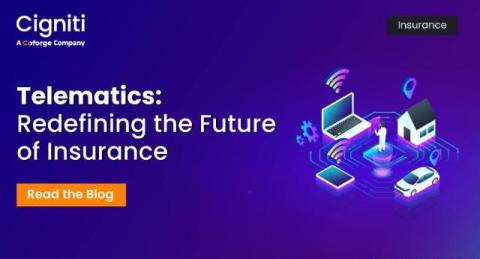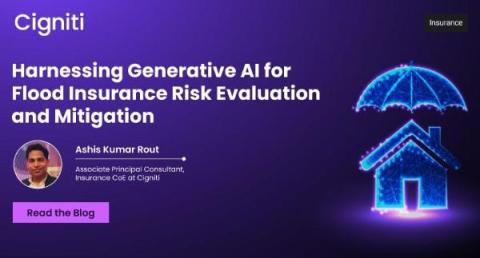Insurance Claims Process Automation: 3 Areas to Automate
In the insurance industry, the claims process can often feel like a complex maze of manual processes for both customers and agents. However, new and advanced technologies are paving the way for smoother, more efficient claims handling. Claims processing automation at insurance companies can streamline routine tasks, reduce risk of errors, and enhance customer satisfaction. In this blog, we’ll explore three key areas to focus on for effective automation.









